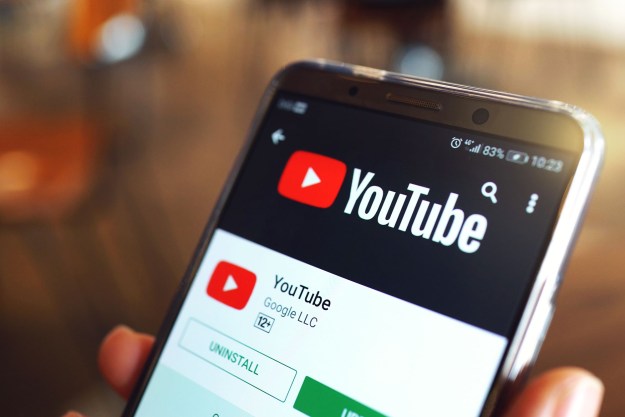YouTube went down for a little more than an hour on Tuesday, October 16, a rare outage for the Google-owned company.
The video-streaming site, which has nearly 2 billion monthly active users, began suffering issues globally at around 9 p.m. ET on Tuesday.
During this time, the website and apps weren’t fully accessible. On desktop, for example, the site showed parts of the homepage together with a string of incomprehensible text and a statement saying its engineers are dealing with the issue.
By clicking through to a YouTube video from a working website, users were met with a message that read: “An error occurred, please try again later,” or “Sorry, that video does not exit. Sorry about that.” The issue affected YouTube Music and other YouTube platforms.
About an hour after the problems began, YouTube posted a message on Twitter acknowledging the issue and apologizing to its users for the blackout: “Thanks for your reports about YouTube, YouTube TV, and YouTube Music access issues. We’re working on resolving this and will let you know once fixed. We apologize for any inconvenience this may cause and will keep you updated.”
The company has since issued a statement saying YouTube is back. We can confirm it’s working normally for us on desktop and mobile. What’s missing is an explanation for what exactly happened to cause the outage.
We're back! Thanks for all of your patience. If you continue to experience issues, please let us know. https://t.co/NVU5GP7Sy6
— Team YouTube (@TeamYouTube) October 17, 2018
The problem came just hours after Twitter started sending out nonsensical notifications to many of its users, though that’s now been sorted out. Indeed, Twitter was the very place where YouTube fans headed to sound off about the outage.
They better hurry and fix this #YouTube pic.twitter.com/sO0o1LDrtu
— Jelan Abrams (@JelanAbrams) October 17, 2018
@YouTubeTV great job Google. Opening night of the NBA and your TV service goes down. Call center is closed! #goodjob #YouTube #celtics
— Rik Morton (@RikMoto) October 17, 2018
You gotta be kinding me YouTube is down like come on@YouTube #YouTubeDOWN #youtube pic.twitter.com/xD1HUD5I4l
— nolimitc0dy__ (@jarrodsav__) October 17, 2018
back to having no social life ????????
— ♕ a'lysse ♕ (@alyssetho) October 17, 2018
YouTube has suffered few outages as serious as this one in its 13-year history. We’ve reached out to YouTube and Google for a comment on what’s going on, and will let you know if they get back.
This story will be updated as it develops.
Editors' Recommendations
- What is YouTube Music? Everything you need to know
- YouTube tells creators to start labeling ‘realistic’ AI content
- These are the apps people use the most on in-flight Wi-Fi
- I couldn’t live without this simple desktop YouTube feature
- YouTube rolling out some three-dozen new features this fall


